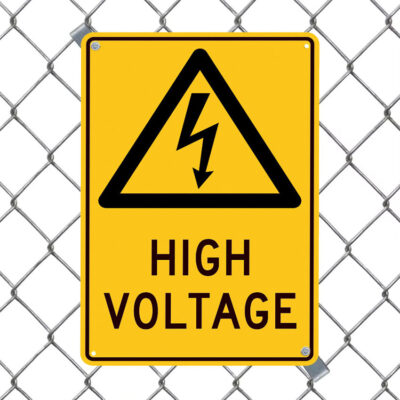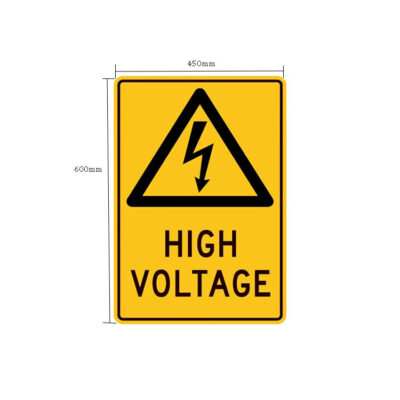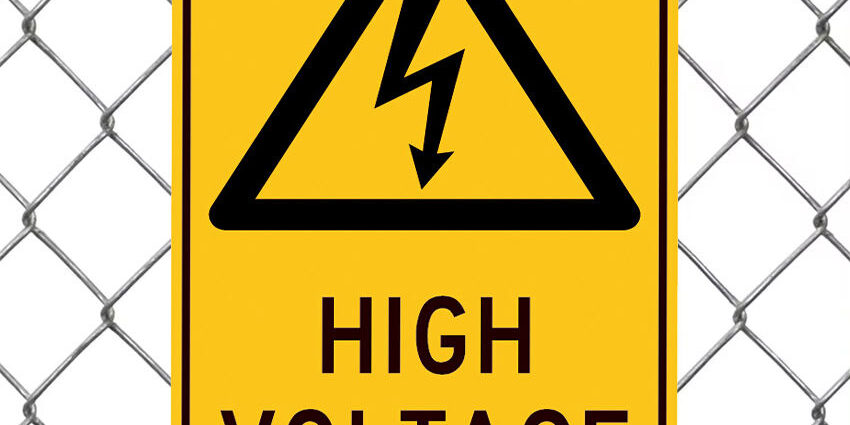H1: How DOT-Grade Retroreflective Films Improve Night Visibility
🌙 1. Why Night Visibility Matters for Road Safety
When visibility drops after dark, driver reaction times shorten drastically. A well-designed traffic sign must remain legible from 300–500 feet under low-beam illumination. That’s where retroreflective films play a vital role—returning light directly back to drivers for quick recognition and decision-making. Without proper reflectivity, even the best-designed symbols can fail to convey their meaning in time.
⚙️ 2. Understanding DOT Retroreflective Film Grades
The U.S. Department of Transportation (DOT) and European EN 12899 classify sheeting materials into performance “types” (I through XI). Each grade defines brightness, observation angles, and durability.
| Type | Name | Typical Use |
|---|---|---|
| Type I | Engineer Grade | Urban and low-speed areas |
| Type III | High-Intensity Prismatic | Arterial and collector roads |
| Type IX–XI | Diamond Grade | Expressways and highways |
Selecting the right grade ensures compliance and optimal legibility under all lighting conditions.
Manufacturers like Traffic Sign Manufacturers supply certified materials tested to meet these standards.
🧩 3. The Science Behind Retroreflection
Retroreflection works through tiny prisms or glass beads embedded in the film. When light from a vehicle’s headlamp strikes the sign, it bounces back toward the source. Microprismatic films (Type IX–XI) outperform glass bead technology by offering higher brightness, consistent reflection at various angles, and longer service life—often exceeding 10 years outdoors.
This efficiency directly translates into reduced accident rates on highways, rural roads, and construction zones.
🛠️ 4. Selecting Reflective Sheeting by Application
Not all environments demand the same reflectivity:
-
Urban intersections: Type I or III is sufficient.
-
Highways or expressways: Type IX or XI ensures visibility at 120 km/h+.
-
Work zones: Fluorescent orange Type VIII–IX improves recognition against cluttered backgrounds.
Premium reflective materials from specialized Highway Signs Manufacturers are engineered for weather resistance, UV protection, and adhesion stability—key factors for outdoor longevity.
🧪 5. Testing and Certification
Retroreflective sheeting must undergo photometric testing, adhesion trials, and accelerated weathering simulations. Reputable suppliers include traceable lot numbers and certificates of conformity for MUTCD, ASTM D4956, and EN 12899 compliance.
When sourcing, request:
-
Reflectivity index (cd/lux/m²)
-
Service life expectancy (years)
-
Warranty terms
-
UV and abrasion resistance reports
💡 6. Sustainability and Innovation
The latest trend is eco-friendly, PVC-free films with higher recyclability and reduced VOC emissions during production. These innovations align with growing government initiatives for sustainable infrastructure.
🏁 7. Final Thoughts
Retroreflective films may seem like a small component, but they define the performance and reliability of modern road infrastructure. Choosing certified materials from a professional traffic sign manufacturer ensures compliance, durability, and—most importantly—driver safety.
FAQ
Q1: What is the minimum brightness level for highway-grade signs?
A: Diamond-grade sheeting typically delivers >800 cd/lux/m² at 0.2° observation and -4° entrance angles.
Q2: How long do reflective signs last outdoors?
A: Engineer-grade films last 7 years; diamond-grade films can exceed 12 years with proper lamination.
Q3: Can reflective films be used on flexible roll-up signs?
A: Yes. High-intensity microprismatic materials are available in flexible, UV-stable versions designed for roll-up applications.








